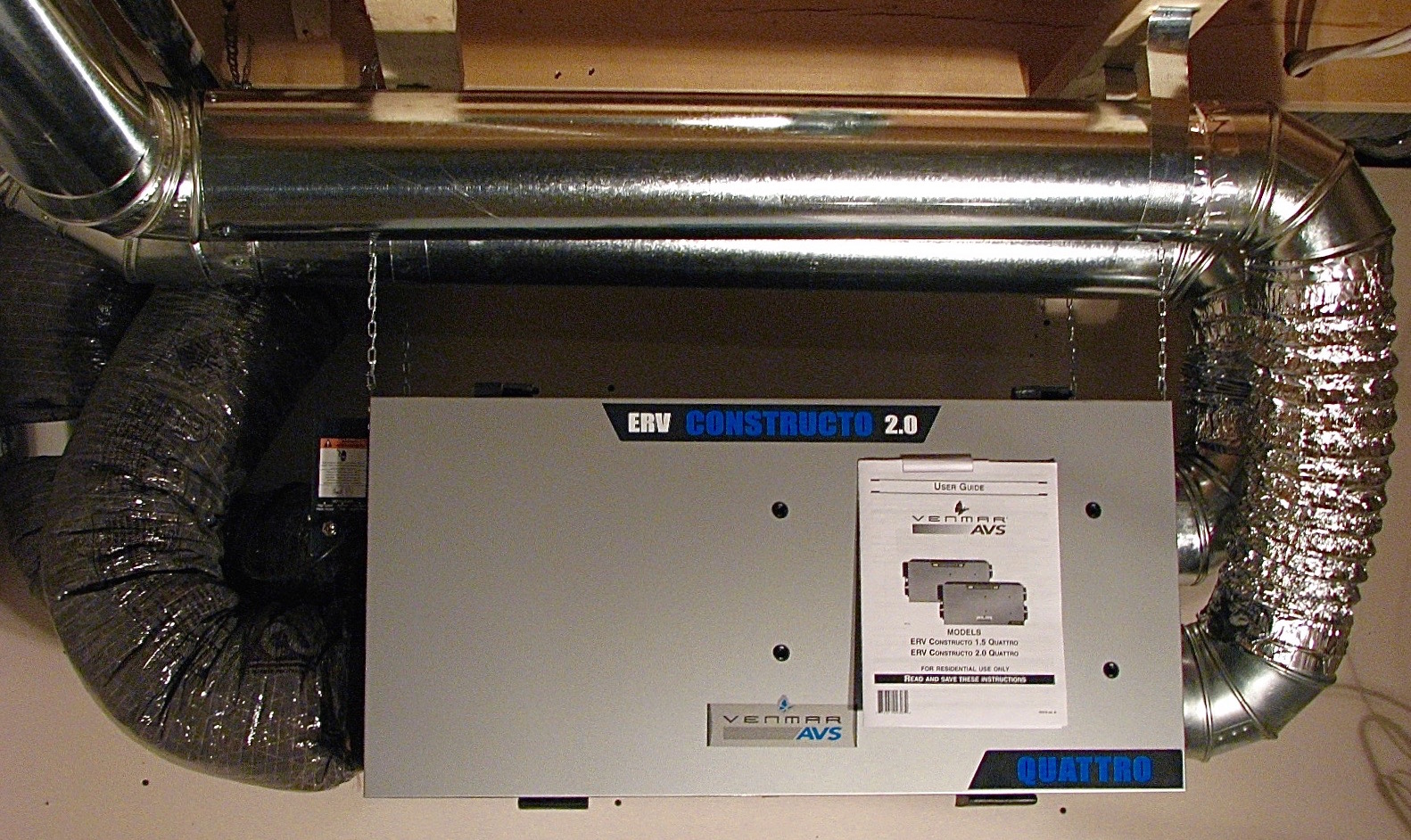Frequently Asked Questions About HRV Answered
Exactly How Heat Recovery Ventilation Improves Indoor Air High Quality and Reduces Energy Prices
Heat Recovery Ventilation (HRV) systems play a necessary role in improving interior air top quality while at the same time decreasing energy costs. By effectively trading stale indoor air with fresh outdoor air, HRVs aid preserve suitable humidity and reduce pollutants. Additionally, their capacity to recover heat from outgoing air lessens the stress on home heating and cooling systems. As energy prices remain to rise, recognizing the full capacity of HRV systems comes to be progressively important for home owners and companies alike.
Recognizing Heat Recovery Ventilation Systems

Heat recovery ventilation (HRV) systems play an essential duty in enhancing interior air quality, particularly in modern, energy-efficient structures. These systems are designed to move heat from the outgoing stagnant air to the inbound fresh air, thereby reducing power loss while maintaining suitable temperature degrees inside. HRVs are composed of a heat exchanger, followers, and ductwork, facilitating the continual flow of air. By eliminating interior toxins and presenting fresh air, HRVs help to balance humidity levels, stop mold and mildew development, and decrease allergens. The performance of HRV systems exists in their capacity to recoup approximately 80% of the warmth from the tired air, advertising power conservation while making certain a healthy interior atmosphere. Their integration is vital in achieving lasting living methods.
The Significance of Indoor Air High Quality
Indoor air quality (IAQ) is an important aspect influencing the health and health of owners in any kind of atmosphere. Poor IAQ can lead to different wellness concerns, including respiratory troubles, allergic reactions, and fatigue. In addition, it can aggravate status quo such as asthma. Variables contributing to reduced IAQ include pollutants from interior resources like cleansing agents, mold, and insufficient ventilation. Maintaining great IAQ is important for advertising a safe and comfy living or working room. Efficient techniques to boost IAQ entail regular surveillance of air high quality, appropriate ventilation systems, and lessening using dangerous materials inside your home. By focusing on IAQ, individuals can ensure a much healthier setting that promotes performance and general top quality of life.
Power Performance Benefits of HRV Equipments
Many home owners and building supervisors are progressively identifying the energy efficiency benefits of warm recuperation air flow (HRV) systems. By transferring warmth from worn down indoor air to inbound fresh air, HRV systems significantly minimize the power needed for cooling and heating. This procedure decreases dependence on standard cooling and heating systems, bring about reduced energy expenses. Furthermore, HRVs assist maintain a balanced indoor environment, stopping excessive heating or cooling down demands. The capability to recoup as much as 90% of the warm from outgoing air likewise supports sustainability initiatives by minimizing total energy usage. As a result, HRV systems contribute not just to set you back financial savings but also to a minimized carbon footprint, aligning with the expanding focus on energy-efficient building methods.
Installation and Upkeep Considerations
The efficient execution of warm healing air flow (HRV) systems calls for mindful factor to consider of installment and upkeep variables to ensure peak that site performance. Correct positioning of the HRV device is vital, as it ought to be set up in a place that maximizes air movement while decreasing noise disturbance. In addition, ductwork has to be suitably sized and protected to stop power loss. Regular upkeep, consisting of filter substitute and system cleaning, is vital to secure optimum performance and interior air top quality. Owners need to establish a routine upkeep schedule to recognize and resolve prospective issues before they escalate. Partnership with knowledgeable experts during both setup and maintenance phases can enhance the long life and performance of HRV systems, inevitably resulting in better indoor atmospheres and lowered power prices.
Real-World Applications and Success Stories
Checking out real-world applications of warmth recuperation ventilation (HRV) systems discloses their substantial effect on indoor air high quality and energy effectiveness across numerous settings. In residential structures, homeowners have actually reported improved air quality, causing less allergies and breathing issues. Schools applying HRV systems have actually noted enhanced pupil focus and decreased absence due to far better ventilation. Commercial buildings, such as workplaces and retail spaces, have actually experienced reduced energy costs and increased employee Read Full Article performance. A company workplace in a pleasant climate attained a 30% reduction in energy costs after setting up an HRV system. These success tales show that HRV innovation not only adds to healthier environments but additionally provides tangible monetary benefits, making it an important financial investment for various fields.
Regularly Asked Questions
Can HRV Solutions Decrease Irritants in Indoor Air?
The efficiency of HRV systems in lowering interior allergens mainly hinges on their capacity to filter and exchange air. HRV Heat Recovery Ventilation. By continually changing stale air, these systems can greatly lower allergen levels throughout interior environments

Just How Does Moisture Affect HRV System Efficiency?
Humidity substantially affects HRV system efficiency; high levels can lead to condensation, minimizing efficiency, while reduced moisture may enhance air exchange. Balancing humidity is necessary for optimal procedure and maintaining interior air high quality.
Are HRV Systems Noisy Throughout Procedure?
HRV systems can generate differing sound degrees during procedure, depending on their layout and setup. Some systems run quietly, while others might create obvious audio, especially at imp source greater air flow setups or when badly preserved.
What Is the Ordinary Lifespan of an HRV System?

Can HRV Systems Be Used in All Environments?
HRV systems can be made use of in numerous environments, however their efficiency might vary - HRV Heat Recovery Ventilation. In extreme temperature levels, adjustments or supplementary systems might be necessary to guarantee optimal performance and convenience while maintaining interior air high quality